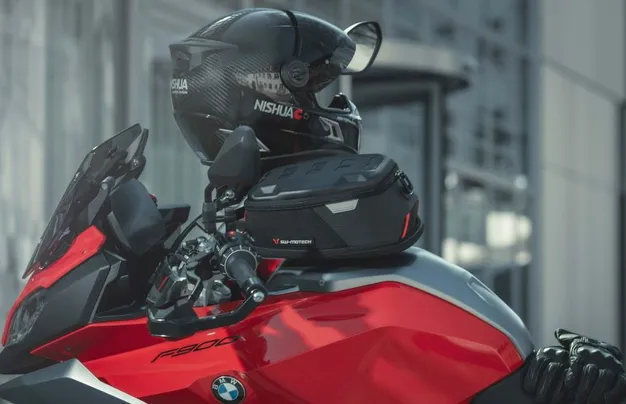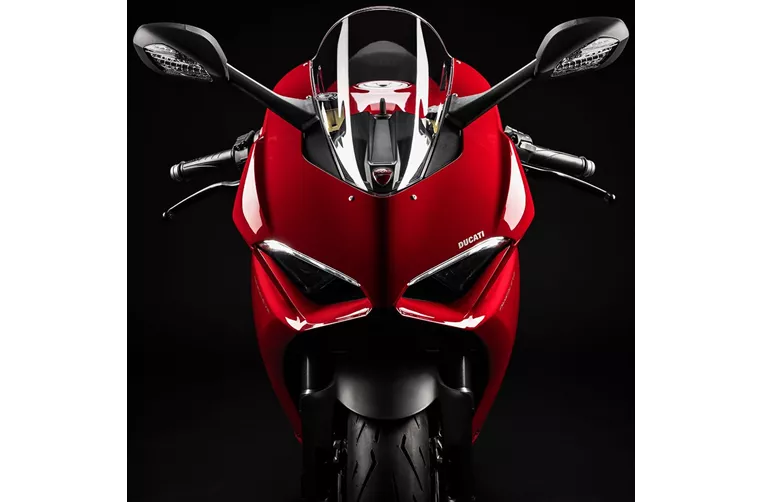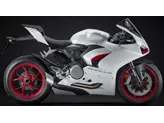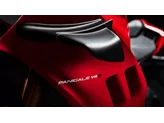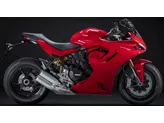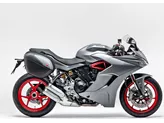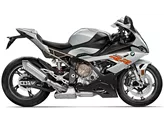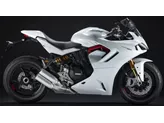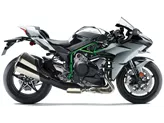BMW S 1000 RR 2015 vs. Ducati Panigale V2 2020

BMW S 1000 RR 2015
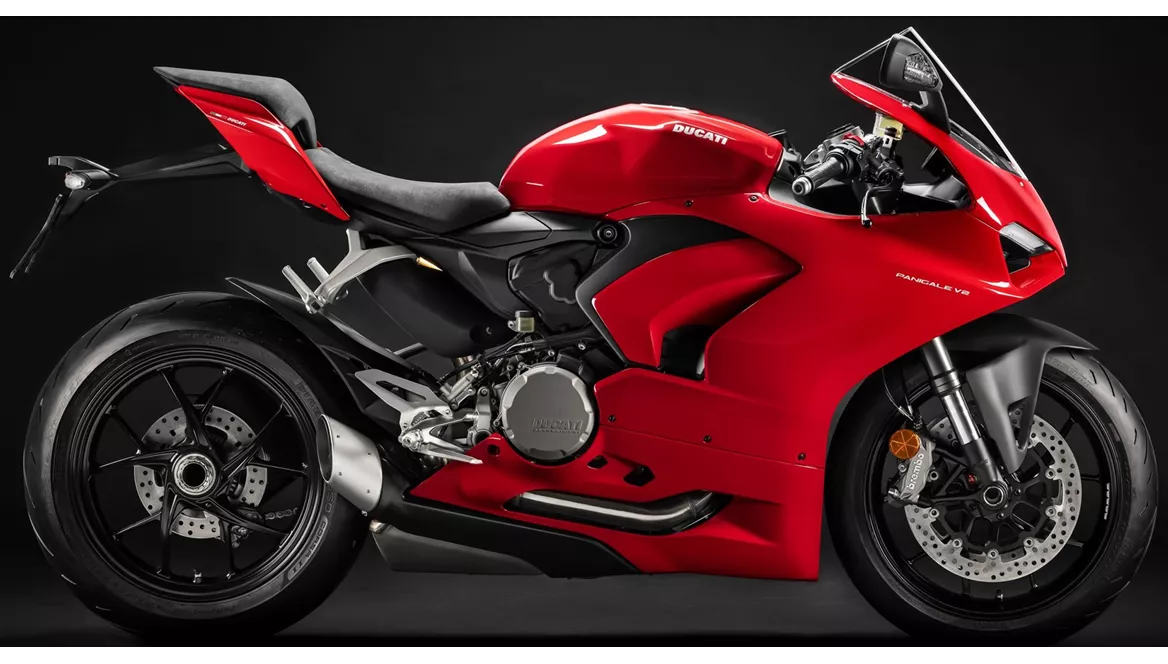
Ducati Panigale V2 2020
Overview - BMW S 1000 RR 2015 vs Ducati Panigale V2 2020
In terms of engine and drive train, the BMW S 1000 RR 2015 features an in-line engine with a bore of 80 mm and a stroke of 49.7 mm. It delivers an impressive engine power of 199 HP and a torque of 113 Nm. With a compression ratio of 13 and 4 cylinders, the bike has a displacement of 999 ccm. On the other hand, the Ducati Panigale V2 2020 has a V-type engine with a bore of 100 mm and a stroke of 60.8 mm. It offers a slightly lower engine power of 155 HP and a torque of 104 Nm. The compression ratio is 12.5 and it has 2 cylinders with a displacement of 955 ccm.
In terms of suspension, the BMW S 1000 RR 2015 is equipped with a telescopic fork for the front suspension and a swing arm for the rear suspension. The Ducati Panigale V2 2020, on the other hand, features an upside-down telescopic fork for the front suspension and a single swing arm for the rear suspension.

BMW S 1000 RR 2015
Both bikes have an aluminum frame, with the BMW S 1000 RR 2015 having a twin tube frame type and the Ducati Panigale V2 2020 having a monocoque frame type.
When it comes to brakes, both bikes have double disk brakes at the front. However, the Ducati Panigale V2 2020 has the additional feature of radial and monoblock technology for its front brakes.
In terms of dimensions and weights, both bikes have a front tire width of 120 mm and a front tire diameter of 17 inches. The BMW S 1000 RR 2015 has a rear tire width of 190 mm and a rear tire diameter of 17 inches, while the Ducati Panigale V2 2020 has a rear tire width of 180 mm and a rear tire diameter of 17 inches. The wheelbase of the BMW S 1000 RR 2015 is 1425 mm, while the Ducati Panigale V2 2020 has a slightly longer wheelbase of 1436 mm. The seat height of the BMW S 1000 RR 2015 is 815 mm, while the Ducati Panigale V2 2020 has a higher seat height of 840 mm. The kerb weight of the BMW S 1000 RR 2015, including ABS, is 204 kg, while the Ducati Panigale V2 2020 has a slightly lighter kerb weight of 200 kg. Both bikes have a fuel tank capacity of 17 liters, with the BMW S 1000 RR 2015 having a slightly larger capacity of 17.5 liters.
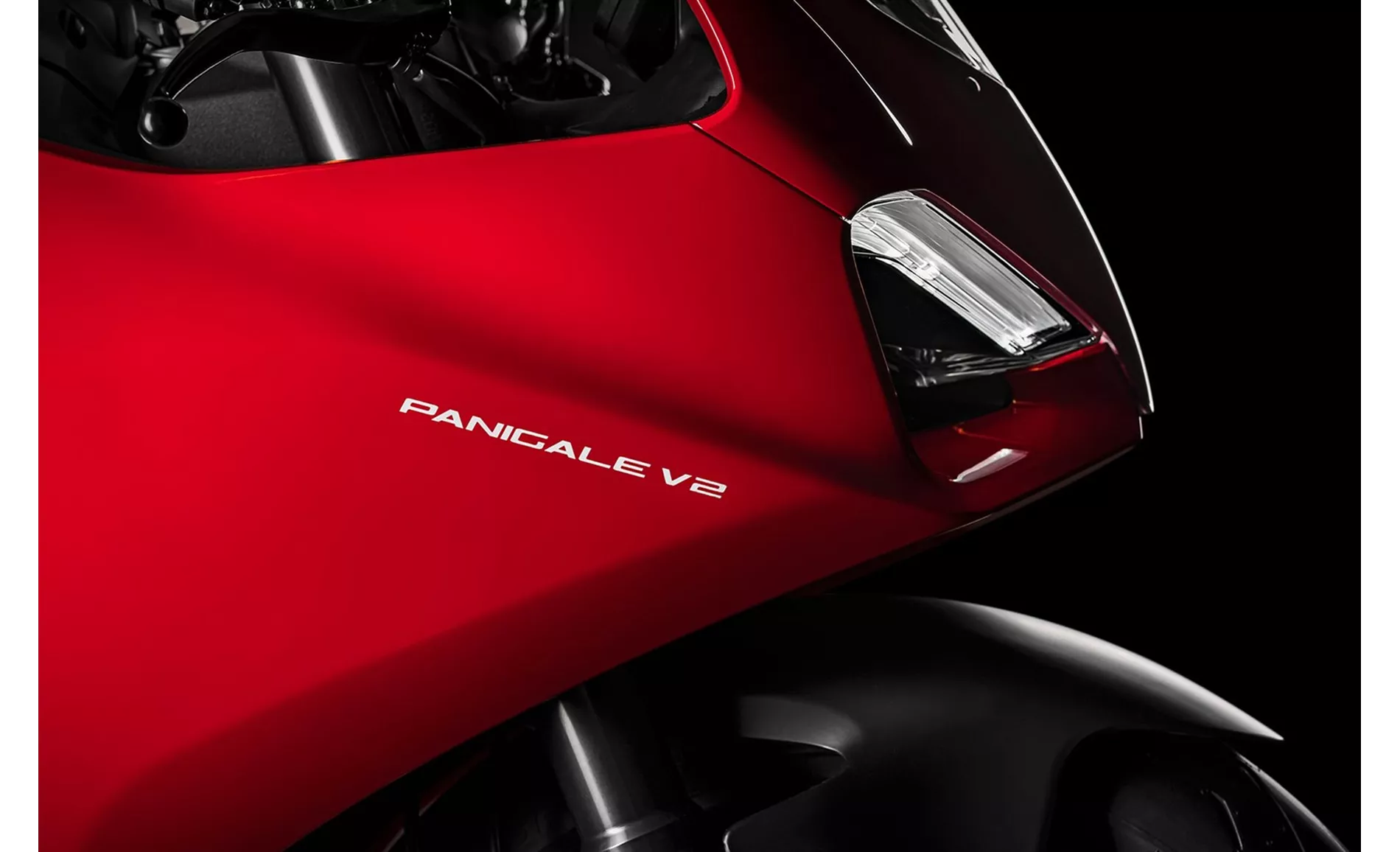
Ducati Panigale V2 2020
In terms of strengths, the BMW S 1000 RR 2015 offers a superb shift assistant, an incredibly powerful and rev-happy engine, and a great range of accessories. It also has a race-ready data logging tool and calibration tool available. On the other hand, the Ducati Panigale V2 2020 is praised for its beautiful and noble design, which leaves a lasting impression. It also has an outstanding electronics package that ensures a high level of safety and fun in traffic. The combination of engine, ergonomics, and electronics make the Ducati Panigale V2 2020 an incredibly "experienceable" machine. It is considered a real insider tip for supersport beginners and returners due to its well-balanced features.
In terms of weaknesses, the BMW S 1000 RR 2015 is noted to have a chassis that can quickly reach its limit in the hands of professionals. The Ducati Panigale V2 2020, on the other hand, is criticized for its slightly lower engine power compared to other engines of similar size. However, there are currently no comparable alternatives to the V2 engine. It is also mentioned that the true potential of the Ducati Panigale V2 2020 is only fully realized in Race mode.
Technical Specifications BMW S 1000 RR 2015 compared to Ducati Panigale V2 2020
Pros and Cons in comparison
Pros and Cons in comparison
BMW S 1000 RR 2015

The BMW can still score points with hard facts in 2015. If you like top performance, you have to buy the BMW. It turns out incredibly powerful at the top and drives away the rest of the field from 200. Big and heavy riders will be able to benefit from this even more. BMW didn't make it easy for themselves with this bike and put together a very universal motorbike. If you were to do a comparison test with 50 different riders (from rookie to pro), the BMW would have the best average of all 1000cc bikes. The electronic chassis, but also the riding aids, make the pros fast and the beginners safe on the road. A top recommendation for a very broad target group. Very fast hobby riders will not be 100% satisfied with the standard suspension. If you don't want to modify the chassis, you should rather go for an R1M, a Panigale S or an RSV RF. If you want to convert anyway, the S 1000 RR is the strongest and most universal base. Surprisingly, the powerful machine also rides very well on country roads. All in all, it looks like a compromise, but it never feels like one in practice.
Ducati Panigale V2 2020
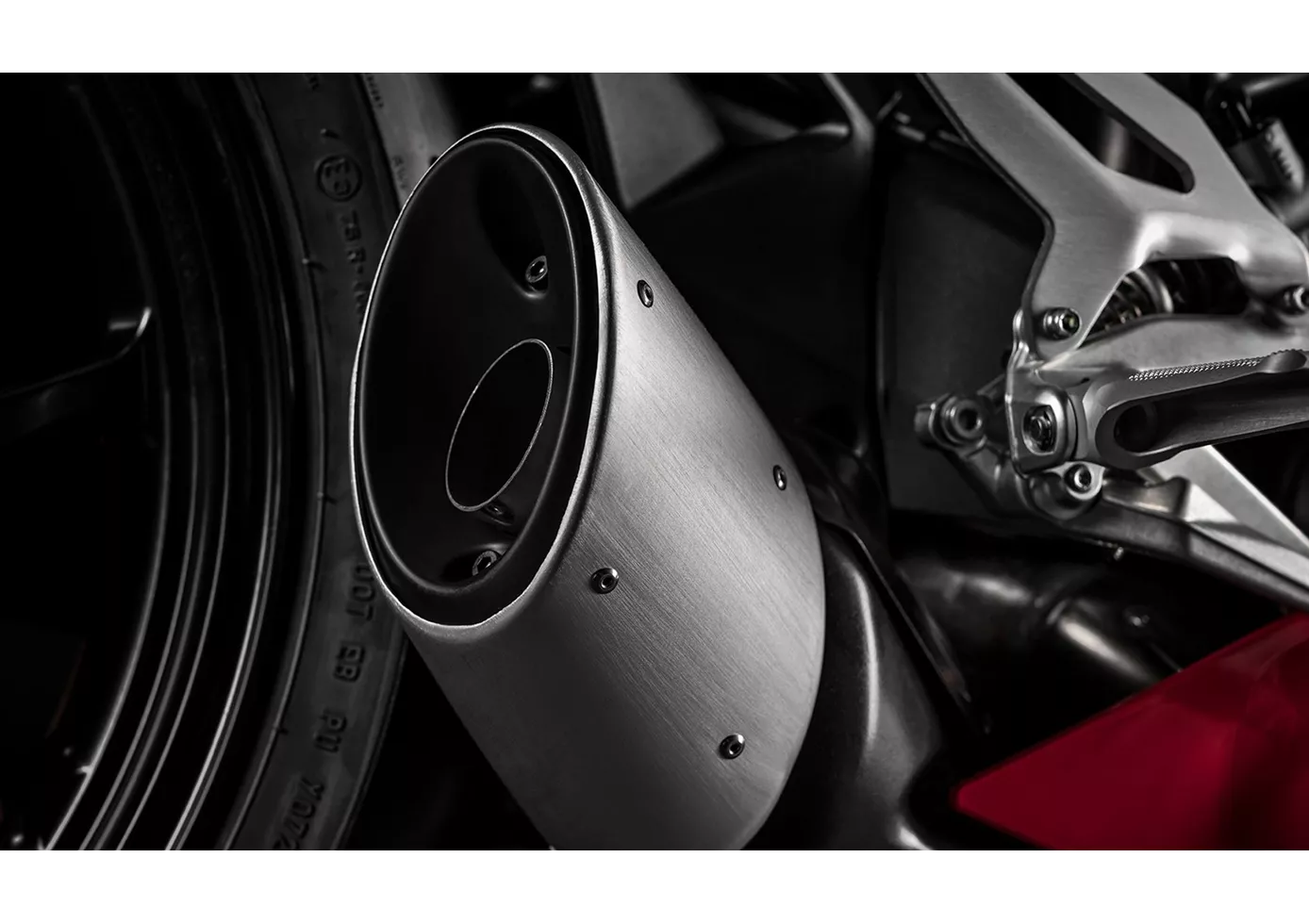
For us, the Panigale V2 is the ultimate road super sports bike. Sophisticated electronic assistance systems that leave nothing to be desired, Ducati's fun 955 cm³ two-cylinder Superquadro engine that generates more than enough power for the road with 155 hp, a great seating position and a high degree of controllability. All of this characterises the Panigale V2 and for this reason it is probably "the" country road supersports bike for us at the moment, but it also cuts a good figure on the racetrack. The Panigale V2 should appeal above all to pilots for whom 200 hp rockets are a bit too much, and to all those who have also been enchanted by this work of art on two wheels.
Price Comparison Avarage Market Price BMW S 1000 RR vs Ducati Panigale V2
There are a few key differences between a BMW S 1000 RR 2015 and a Ducati Panigale V2 2020. In terms of price, the actual average price of a Ducati Panigale V2 2020 is about 17% higher. Compared to Ducati Panigale V2 2020 there are more BMW S 1000 RR 2015 bikes available on the 1000PS.de Marketplace, specifically 8 compared to 5. It takes less time to sell a BMW S 1000 RR with 77 days compared to 84 days for a Ducati Panigale V2. Since model year 2010 1000PS.de editors have written 135 reviews for the BMW S 1000 RR and 9 reviews for the Ducati Panigale V2 since model year 2020. The first review for the BMW S 1000 RR was published on 16/04/2008 and now has more than 4,000 views. This compares to more than 70,000 views for the first review on Ducati Panigale V2 published on 23/10/2019.
